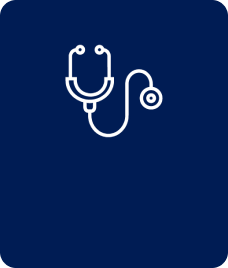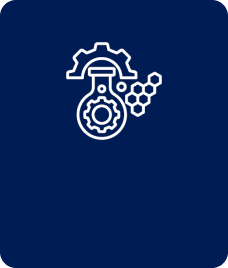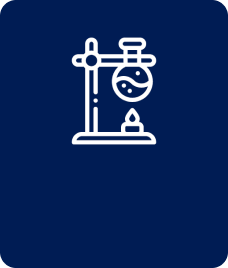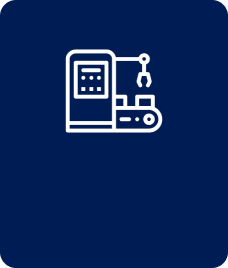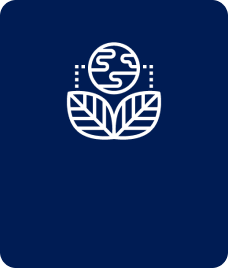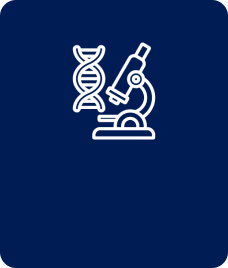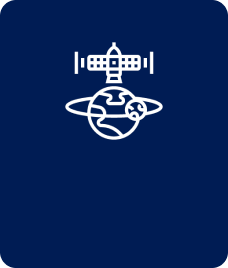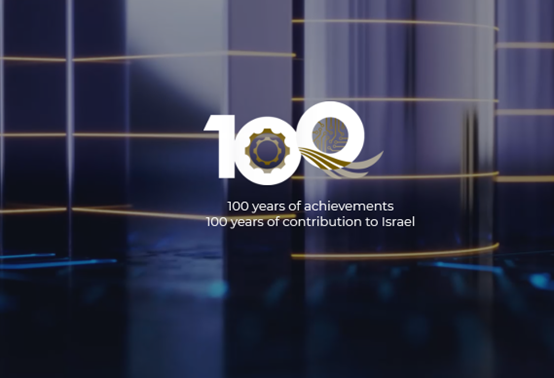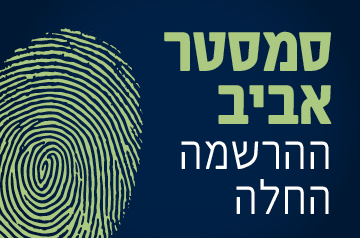
חדשות
לכל הכתבות
ברוכים הבאים
הטכניון ערך קבלת פנים חגיגית לשלושים ושניים חברי וחברות הסגל החדשים שהצטרפו לשורותיו

במעמד שר הביטחון והרמטכ"ל: הטכניון זכה ב"מגן שר הביטחון" על תמיכתו בסטודנטים ובסטודנטיות משרתי המילואים
עם פרוץ המלחמה הקים הטכניון מערך תמיכה חסר תקדים שהעניק לסטודנטים משרתי המילואים סיוע כלכלי, התאמות אקדמיות, שיעורי עזר ותמיכה רגשית
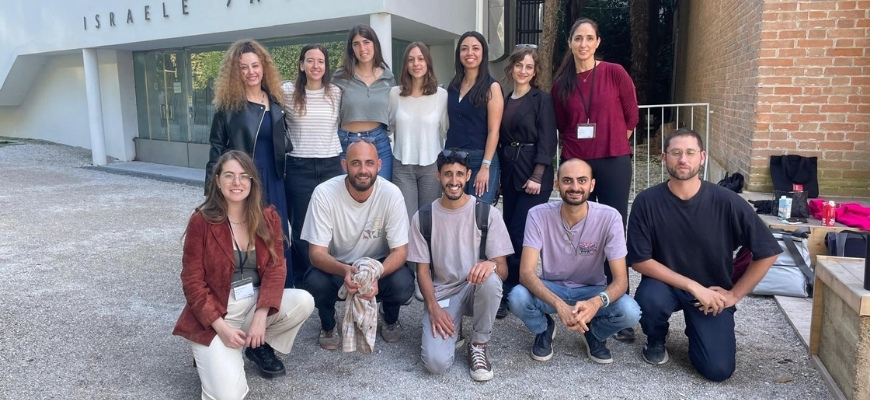
סטודנטים מהטכניון הציגו בבינאלה בוונציה שימוש מקורי לפסולת הנוצרת בהתפלת מים
בהנחיית האדריכלים מיכל בלייכר ודן פרייס פיתחו הסטודנטים גישה חדשנית לשימוש בפסולת מלח כחומר בנייה בר-קיימא
אירועים
לכל האירועים
איך בונים ושומרים על זוגיות יציבה בעולם משתנה?
07.01.2026 רביעי, בשעה 14:00
הוספה ליומן

יום פתוח בת"א לפקולטות המדעיות
13.01.2025 שני, בשעה 16:00
הוספה ליומן

מוסיקה מדע והשראה | עונה 4 - קוד הזכרון
14.01.2025 שלישי, בשעה 12:30
הוספה ליומן
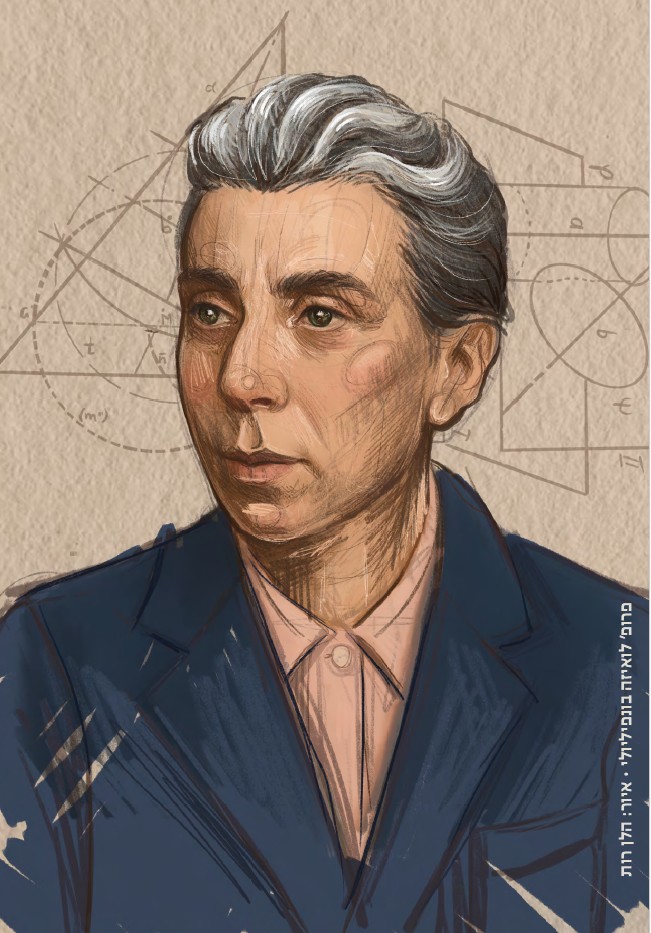
תערוכת "מראות מקום"
02.11.2025 ראשון, בשעה 09:00
הוספה ליומן
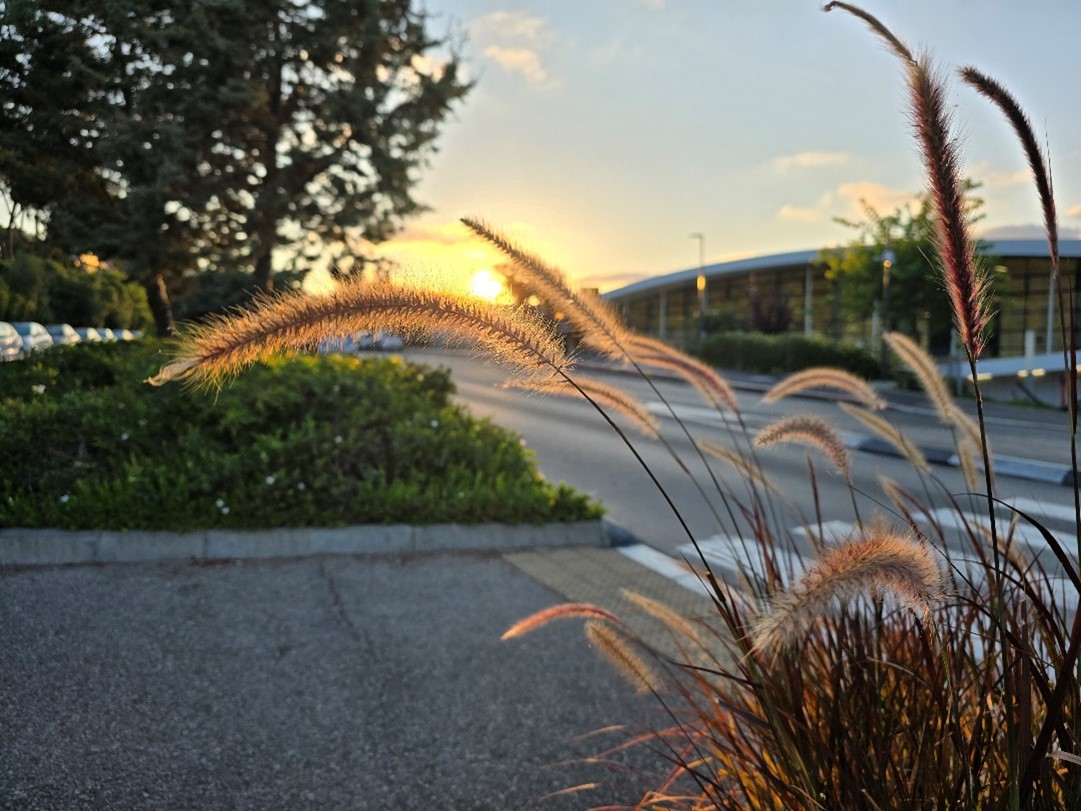
תערוכת הצילום "טבע בקמפוס"
16.07.2025 רביעי, בשעה 09:00
הוספה ליומן
100000
בוגרים
18
פקולטות
15000
סטודנטים
60
מרכזי מחקר
ברחבי הקמפוס


